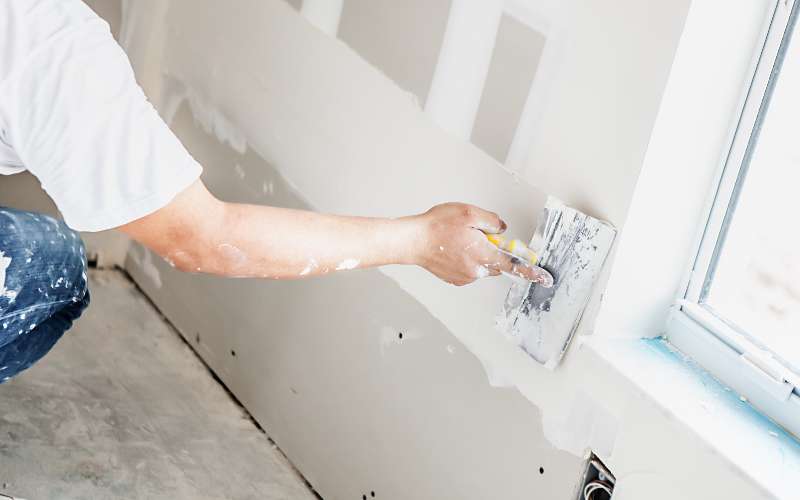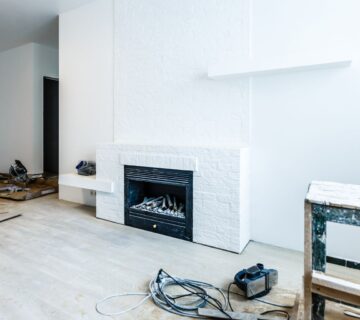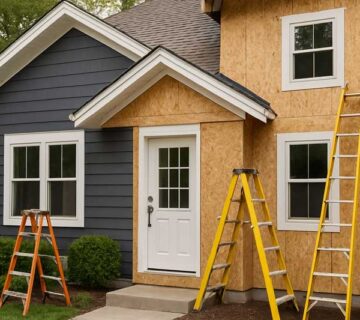Drywall is one of those things we don’t really think about… until there’s a problem. Whether it’s a crack, a dent, or a stain, damaged drywall can make your home look neglected. But don’t panic — most drywall issues are easier to fix than you might think.
In this post, we’ll walk you through the five most common drywall problems and show you how to tackle them like a pro.
1. Cracks in the Drywall
Cracks often appear near windows, doors, or ceilings — especially in older homes. They usually show up due to shifting foundations or seasonal temperature changes.
How to fix it:
- Use a utility knife to widen the crack slightly
- Apply joint compound with a putty knife
- Place drywall tape over it
- Add more compound, let it dry, and sand it smooth
- Finish with primer and paint
Pro tip: Always fix the cause of the movement before repairing the crack.
2. Nail or Screw Pops
Ever seen little bumps or circles showing through your walls? That’s a nail or screw pop. It happens when fasteners loosen and push the drywall outward.
How to fix it:
- Drive a new screw into the stud near the pop
- Remove the old nail or screw
- Cover the area with joint compound
- Sand, prime, and paint once dry
Pro tip: Don’t just hammer the old one back in — it’ll pop out again.
3. Holes in the Wall
From moving furniture to door handle impacts, holes are a common drywall issue. The size of the hole determines the fix.
How to fix small holes:
- Fill with spackle or lightweight joint compound
- Sand it smooth and paint
How to fix larger holes:
- Cut a square around the hole
- Insert a drywall patch
- Tape the seams and apply compound
- Sand, prime, and paint
Pro tip: Use a mesh patch for medium-sized holes — it’s easier and faster.
4. Water Damage
Water-damaged drywall looks stained, soft, or even moldy. This usually means a leaky pipe, roof, or window is the culprit.
How to fix it:
- First, fix the water source
- Cut out and remove the damaged drywall
- Replace with new drywall and re-finish the area
Pro tip: Always check for mold behind the wall — it can grow quickly.
5. Bubbling or Peeling Tape
Tape bubbling means it wasn’t applied properly or moisture got in. It’s not just ugly — it can lead to bigger issues later.
How to fix it:
- Remove the loose tape
- Sand the area
- Reapply new joint compound and drywall tape
- Smooth it out and paint once dry
Pro tip: Use paper tape in dry areas and mesh tape in damp ones.
Don’t Let Drywall Problems Linger
Most drywall issues are minor — but if you ignore them, they can get worse over time. By handling repairs early, you keep your home looking great and avoid bigger headaches later.
And if you’re not comfortable doing it yourself? No worries. A professional drywall contractor can have your walls looking flawless again in no time.






No comment